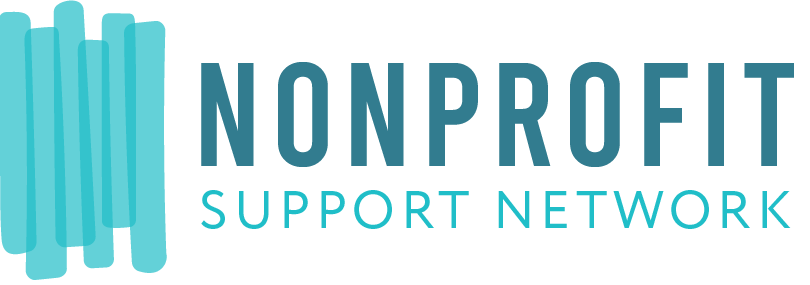3 Pieces of Advice for Board Engagement
A nonprofit director’s job can be vast and complex. We’re challenged with juggling multiple roles that involve staff, technology, finance, public perception, operations, and board development. While each director’s role varies, the most common, and arguably the most important role is the one of board development and management. There are a lot of resources out there that offer advice, tips, tricks, templates, scales, quizzes, assessments, and checklists (you get it) about board development and management.
We gathered some of our favorite pieces of advice about nonprofit boards, plus Carly weighs in with her experiences below.
1) Understanding roles and responsibilities
Joan Garry describes it best,
“…best-run nonprofits run like a twin-engine jet with the ED and board chair acting as co-pilots. Leadership is shared.”
Just like copilots of an airplane work together to complete the many tasks and checklists involved with operating a plane, the director and board chair must do the same for the nonprofit. When roles and responsibilities are clear, it is easier to keep the focus on the work and the mission, directors feel more empowered, and the board of directors understands what is expected of them.
During our January Nonprofit Essentials program, we spent time with 14 nonprofit organizations reviewing the roles and responsibilities of the director and board chair. We spent time as a group and in pairs discussing who takes the lead in program development, strategy, finance, board governance, and executive director evaluation.
See for yourself who takes the lead in each of these areas by downloading Nonprofit Leadership Lab’s Big Buckets chart.
Need a crash course about your role as a director? Check out this resource from Boardable.
“Leadership is shared.”
2) Scheduling regular time with your Board Chair/President
Regular one-on-one time with your Board President is a great way to build a meaningful relationship and cultivate space for shared learning. Nonprofit Support Network’s Board President and Relationship and Resource Director meet for at least one hour the week before board meetings to prepare for a productive meeting. We review the agenda, staff report, discuss any organizational dynamics, and share advice about any situations that are affecting our work. A trusting relationship is built when the two people view each other as resources rather than just two roles. This is also a great opportunity to prepare for any anticipated questions or discussions based on the staff report.
National Council on Nonprofits shares different ways you can carve out time with your board president that might spark an idea. Board Source has a great resource that directors can share with their current, or incoming, board presidents to help them understand what to expect. Are you still trying to understand why the relationship between the nonprofit director and board president is so important? Someone once said it’s the “single best sign of a healthy nonprofit.”
3) Getting to know your board members
During the first few months of her new role, Carly made it a point to meet each board member one-on-one for coffee or lunch. The meetings provided an opportunity to get to know each other and learn more about why they agreed to serve on the board. By getting to know your board members, you can be more aware of the areas they feel most confident in so that you can engage them better in mission advancement. It’s especially helpful to know your board members when you need a connection or a resource.
If one-on-one time doesn’t work for you or your board members, you can utilize regularly scheduled meetings to get to know them. Fund for Good writes about utilizing a Board Engagement Form or starting each meeting with an engagement activity. You can also check out three ways to keep your board engaged between meetings, which helps strengthen the relationship between your board and the organization.
Directors are pivotal in the success of nonprofits. Nonprofit Support Network remains focused on providing you with the resources you need to thrive.
Have a particular need for your organization? Email and let us know (seriously)!


